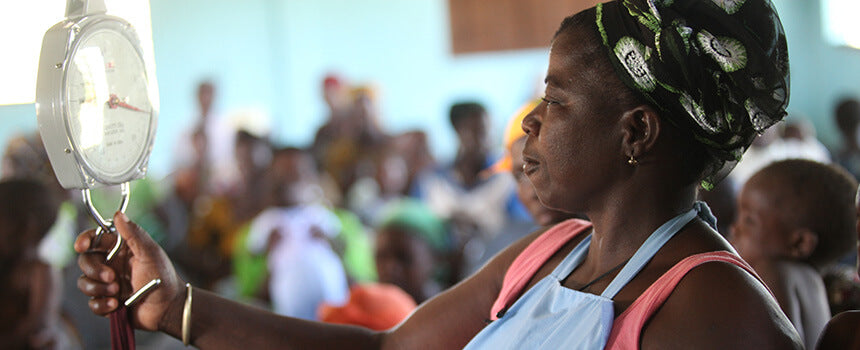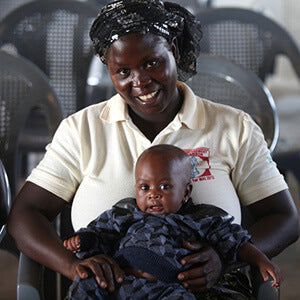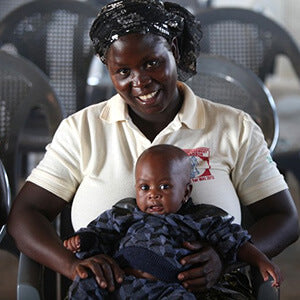Day 9
One preventive medical examination for two children in Benin
 Supporting babies and toddlers in Benin from the very beginning
Supporting babies and toddlers in Benin from the very beginning


Malnutrition and undernutrition of young children in Benin

need
Medical care for babies and young children in Benin to counteract malnutrition and undernutrition.
activity
Babies and toddlers are examined regularly, their weight and height are measured and recorded. Malnourished and undernourished children are cared for.
Measurable performance
Number of children examined at the community center.
Result
The number of malnourished and undernourished children has decreased. The health of children has improved and they are less sick.
Systemically relevant impact
Improved health and increased educational opportunities for children. Chance to lead an independent life without chronic hunger.
background


The good deed
AboutBenin
Porto Novo
Capital city
10 879 800
Population
780 USD
Gross domestic product
per capita per year

166
Human Development Index
(Human Development Index)



